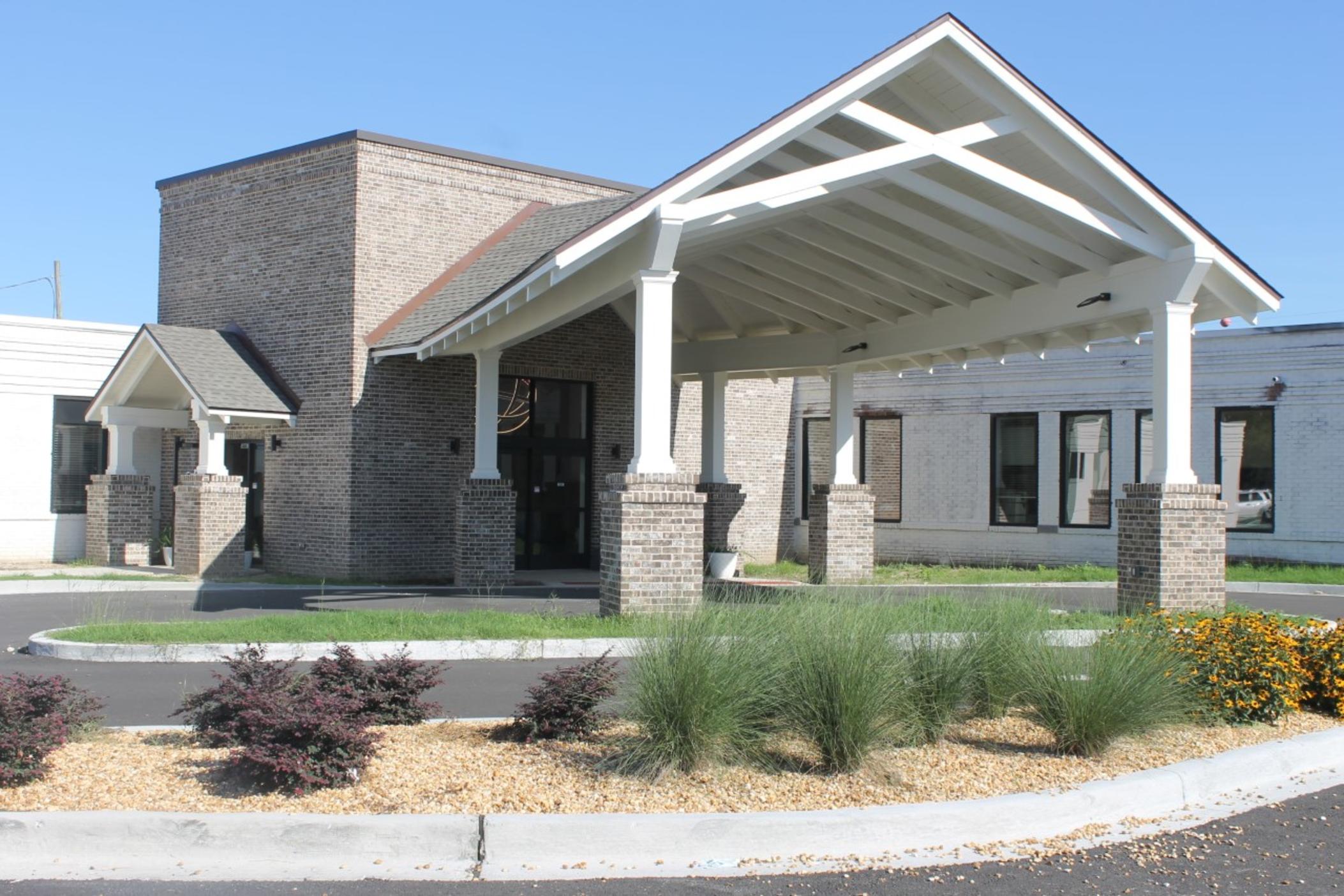Section Branding
Header Content
A new federal model for rural hospitals may help them stay open. So far, Georgia has only one
Primary Content
Over the last 15 years, eight rural hospitals have closed in Georgia.
In 2023, a new federal program is giving rural hospitals an option to help them stay open.
By converting to a Rural Emergency Hospital, existing rural hospitals commit to changing their model of care, with a focus on emergency medicine, in exchange for subsidies from the federal government. The Centers for Medicare and Medicaid started accepting applications in January.
Here’s how it works: Conversion to a Rural Emergency Hospital does not fund construction of any new facilities. Rather, existing hospitals with fewer than 50 inpatient beds or those already registered as Critical Access Hospitals have the option of changing their provider type to a Rural Emergency Hospital designation.
In doing so, they commit to closing inpatient services, where often, critically or chronically ill patients stay for more than 24 hours. Instead, Rural Emergency Hospitals offer 24-hour emergency care and other outpatient services and in exchange, get $3.2 million a year and a 5% increase in reimbursements for care from the federal government.
“We have so many rural hospitals in the state that don't often have a large inpatient census,” said Anna Adams with the Georgia Hospital Association. “It gives them an option to be able to treat patients within their local communities without having to staff and maintain those services for inpatients when they're not typically treating patients in those beds anyway.”
Like the Critical Access Hospital designation, the Rural Emergency Hospital designation is being touted as a way for small, often struggling facilities in rural counties to use their eligibility to take advantage of federal reimbursements. It's the latest kind of financial assistance for such facilities.
There’s been pushback that closing inpatient services removes a lifesaving form of care from communities — for example, patients with COVID-19 on ventilators are receiving inpatient care.
But Adams says the Rural Emergency Hospital model could be the difference between staying open and staying closed.
“We would rather have something that is smaller than your typical inpatient acute care hospital just to make sure that we're maintaining those services than not have a hospital at all,” Adams said.
Because at least an emergency room is an “entry point of care,” Adams said, for patients who otherwise would have very limited options.
Last year, Irwin County Hospital in Ocilla was using just 10% of its inpatient beds on average. Staffing the unused beds cost a lot of money, CEO Quentin Whitwell said.
So Irwin County Hospital became REH-designated in March, the first in the state to do so.
“It has put our hospital in a position now where we are really doing well, instead of always wondering if, you know, we're going to be able to make payroll the next time,” Whitwell said.
Irwin County Hospital was facing closure. It's actually been struggling financially for a long time. Being able to focus on emergency care and outpatient services is a more “sustainable” model,” Whitwell said.
And if they do get critically ill patients, Irwin County Hospital has several transfer agreements with higher-level hospitals.
However, as a result of the new designation, the hospital also decided to close its labor and delivery unit in August. Rural Emergency Hospitals can only manage “low-risk” labor and delivery, and Whitwell said without enough of those patients, or reimbursements for inpatient codes, keeping the unit open didn’t make financial sense.
Georgia’s Department of Community Health said it hasn’t received any more applications from hospitals in the state yet looking to become Rural Emergency Hospitals.
According to the Centers for Medicare and Medicaid, eight hospitals in the country are registered as Rural Emergency Hospitals as of this month in Texas, Mississippi, Michigan and Georgia, though hospitals in other states have expressed intentions to switch too. The National Institute of Health estimates over 1,500 hospitals are eligible for the designation.


